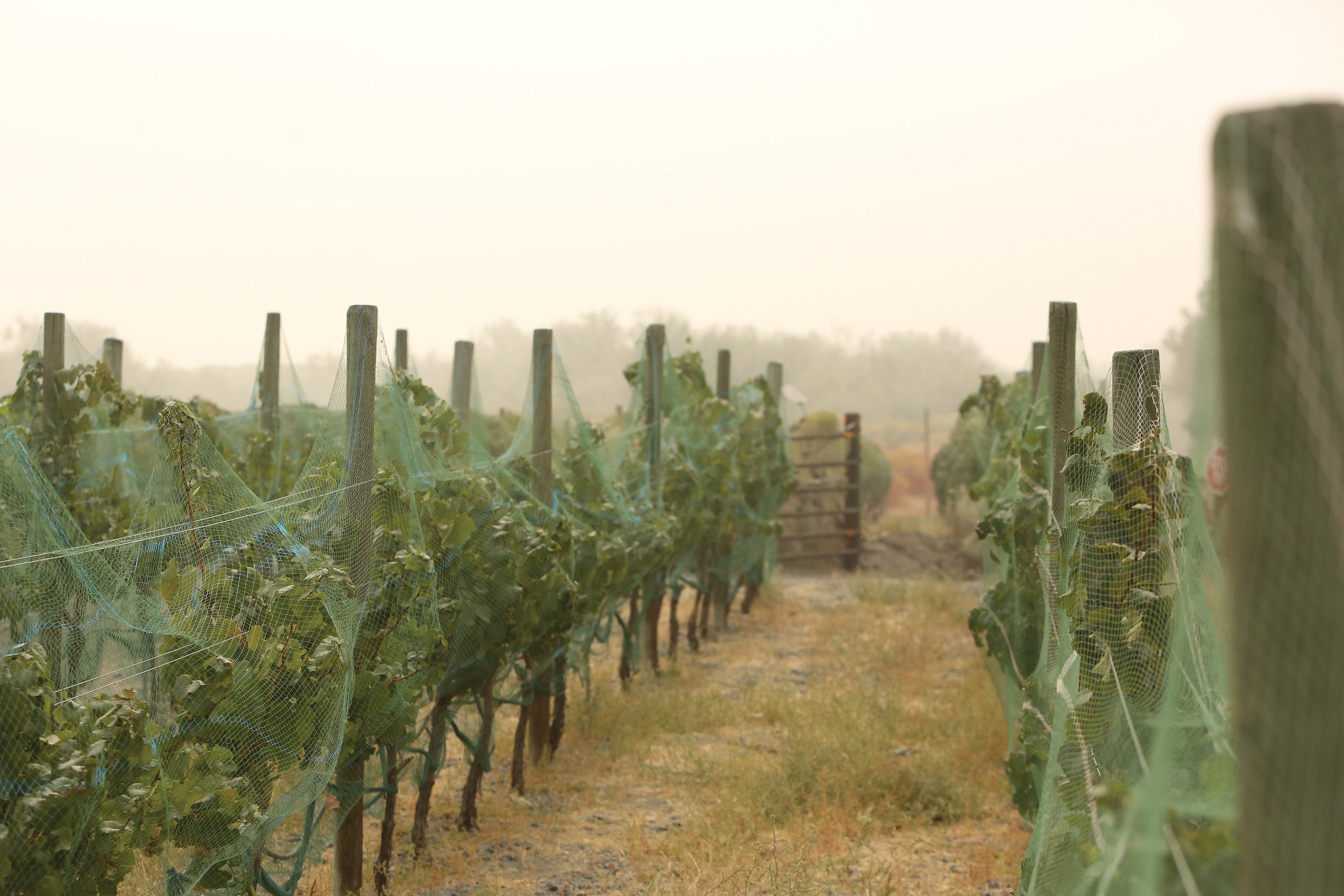Summer weather conditions require measures to reduce risk to outdoor workers
MATTAWA — Working outdoors in the summer can present challenges from hot temperatures or smoky conditions caused by wildfires.
It’s recommended that people stay inside when heat or smoke conditions exceed specific limits. While technology has changed farming techniques for many crops, staying out of the elements isn’t always possible for farmers and farmworkers. There are ways to reduce the risks posed by hot or smoky weather, which are reflected in work rules adopted by the Washington Department of Labor and Industries.
“The rules are based on best practices that protect workers from identified hazards that come with outdoor work in Washington,” wrote Dina Lorraine, communications consultant for L&I. “They evolved through the rulemaking process which involved extensive stakeholder conversations with workers, businesses, and others to establish what is needed from the worker perspective and feasible from the business side, while ensuring workers have adequate protection on the job.”
Like any human endeavor, however, there are degrees of risk.
Saba Lodhi, pulmonologist and physician manager for pulmonary care at Confluence Health, said reducing heat risk is an example.
“The single most effective adaptation measure is for workers to switch to more breathable clothing, as this allows workers to generate less metabolic heat and more readily cool down,” Lodhi wrote in response to an email from the Basin Business Journal. “However, it is important to note that protective clothing and personal protective equipment (PPE) worn by agricultural workers often serves to shield against harmful agents, including dust, pesticides, and UV radiation. In the absence of advances that make PPE both breathable and a barrier to chemicals, workers may face a trade-off between safety from heat or from chemicals.”
Slowing the pace of work and reducing work effort have been shown to be effective in reducing risk from heat, she said. But that may come into conflict with practices that incentivize working faster – or the need to harvest crops before they go bad in the field or orchard.
“Research has been done in this area and has shown that combining adaptive measures is more helpful than implementing a single solution,” Lodhi said.
The rules addressing heat risk were updated in 2023. Lorraine said smoke rules started as emergency rules and have evolved over time.
The L&I rules require preventative actions when it starts to get hot. The rules are different depending on what employees are doing.
For a worker doing something that requires non-breathable clothing or protective gear – applying chemicals in an orchard using a spray rig, for example – preventive actions start when it’s 52 degrees. The rules go into effect for work that doesn’t require protective gear at 80 degrees.
In the case of smoke, employers are encouraged start additional protective measures when air quality exceeds 72 on the Air Quality Index standards established by the U.S. government. When the AQI exceeds 100, additional protective measures are mandatory, according to information from L&I.
Protective measures include changing work hours to times when the smoke isn’t as bad, providing more breaks, avoiding activities that would make air quality worse in the immediate vicinity, such as activities that stir up dust.
Additional rest breaks and adjusting work hours are also preventive measures for battling heat. When it’s hot, access to shade or another means for cooling down is required, and it must be located near where the employees are working. When temperatures are 90 degrees or higher, workers must get a break of at least 10 minutes every two hours. When temperatures hit 100 degrees or hotter, breaks must be at least 15 minutes every hour, according to L&I.
Drinking water must be cool, and there must be enough so each employee can drink at least a quart per hour, L&I rules dictate. Workers are encouraged to keep an eye on each other in hot, smoky or hot and smoky conditions, and employers must monitor their workers for signs of smoke or heat-related illnesses.
Lodhi said there are things farmers and farmworkers alike should look for when it gets hot. Pairing up workers to keep an eye on one another is a good mitigation measure to take.
“Heat-related illnesses can vary from mild, heat rash or heat cramps, to severe, heat exhaustion and heat stroke. Heat rash is a group of tiny, itchy bumps on the skin that develop when sweat gets trapped beneath the skin. These can be managed at home by keeping the skin cool and dry and by using anti-itch creams,” she said. “Heat cramps are muscle cramps in legs, arms, belly, or elsewhere, associated with a normal or slightly elevated body temperature. These cramps are a warning sign that more severe illness could occur if one doesn’t take steps to cool down.
“Heat exhaustion is a moderate form of heat illness that can quickly turn into heat stroke without intervention. It usually presents with dizziness, nausea, vomiting, and headache. Educating people to recognize these symptoms in themselves and others and implement measures to cool down can prevent heat strokes,” Lodhi said.
Heat stroke can be life-threatening, she said. People with suspected heat stroke should get somewhere cool immediately, and measures should be taken to help them cool down, including applying towels soaked in cold water to the skin and lying down with legs elevated.
“In addition to symptoms of heat exhaustion, one develops signs of brain dysfunction like confusion, behavior changes, blurred vision, slurred speech, and fainting,” she said. “This is where bystanders are usually the ones to observe changes in others and can intervene by removing the person from heat and implementing cooling measures while simultaneously calling for help to transport the affected individual to a medical facility.”






